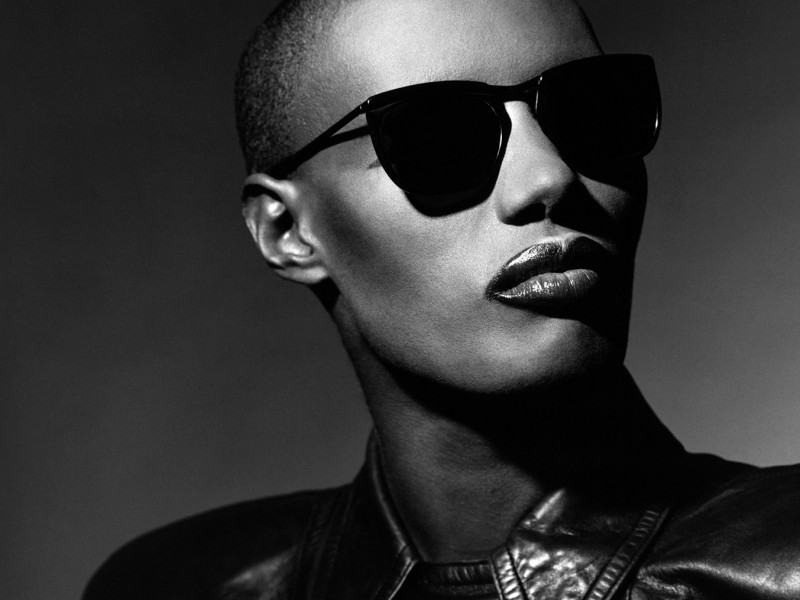Saturday 18 November 1978, thousands of us were huddled under clear plastic sheets, doing what we could to keep the rain out. Darkness had fallen. We were waiting for David Bowie. It was Bowie’s first visit to Australia, the excitement was palpable and the crowd was counting down the minutes until he would appear on that stage.
How would he enter? What would he look like? He’d inhabited two characters that I knew of: a rock star from the future called Ziggy Stardust and a louche, cocaine frazzled funkmeister, The Thin White Duke. The internet was beyond our imagining. There was no sharing of setlists or live video captured on mobile phones at earlier performances on the tour. News travelled very slowly. Live shows carried a much larger element of surprise than they do today.
Did I believe I understood Bowie? Maybe? My first encounter with him had been on television in 1970. He had performed his first UK hit, Space Oddity, at the Ivor Novello Awards, where the song won a Special Award for Originality. He had worn light coloured bell-bottoms and a floral print top that was halfway between a shirt and a blouse. His blonde hair was long and parted on the side. He did not strike me as remarkable.
The stage lights were going down, and band members were taking their places in the darkness, launching into the largely instrumental Warszawa, a subdued, atmospheric largely instrumental piece. Where was Bowie? The song proceeded. One minute. Two minutes. At the four minute mark, his voice emerged—at last—singing the short vocal line, taken from a Polish folk song. The lights went up to reveal him on an upper tier of the stage, playing a keyboard. He wore a pale green t-shirt and loose-fitting green pants—stylish street clothes, really. His hair was short. This was the opposite of flamboyance. I realised in that moment that I did not understand David Bowie and that was why he was so interesting. That element of remaining unknowable was his essence.
Two years after Bowie failed to inspire me on TV, articles started appearing in the music press about his outrageous appearance. His spiky hair, dyed bright red, wearing quilted one piece jumpsuits. He confessed to being bisexual. His music was apparently ambitious, loud and unpredictable. This did not accord with the subdued, 12 string, guitar wielding minstrel I’d seen on TV.
Now I was interested. Here was someone that, as a 15-year-old, I needed: a man who wanted to challenge the orthodoxy. I bought everything he’d released and committed to keep doing so. Not long after, Bowie shocked his fans by killing off Ziggy Stardust just as the character had taken on iconic status courtesy of the cover of his 1973 album Aladdin Sane.
Then he went to America, recast himself as a rhythm and blues performer, adding funk to his repertoire. A character-free stint followed, with Bowie recording albums in France and Berlin: strange freeform music full of disjointed lyrics, choppy rhythms, synthesisers and swirling production sounds. He had an international hit with Heroes.
Inspired as a child to become a performer by a Little Richard record, Bowie waited until his early 20s to dispense with the ambitions of being either a lightweight pop singer or a star of musical theatre. Instead, he would be an artist who used popular music as his chief vehicle of expression. Like an actor, he would move from one role to another, changing styles and applying bits and pieces of whatever he observed in other artists to his own work. It’s hard to hear the direct influence of, say, blues or country in his music but clearly, given that he was a rock singer, the traces must be there. Vital to his artistic trajectory was that he never stayed still and always looked forward.
His was not an especially confessional style of music. His songs rarely followed conventional rock music forms. He deployed unusual chord progressions. There was an essentially theatrical feel in much of his work, his voice often ranging from a low croon to soaring high notes inside single songs—think Golden Years and Blue Jean.
Did he always remain true to his artistic mission? No, he lunged for the paycheck in the early 1980s, signing to a new record label and doing all he could to score a global breakthrough album. He recruited the hot producer Nile Rodgers to help him create that big hit record, Let’s Dance. The 1980s were financially kind to Bowie but musically? Less so. He spent a good deal of the decade sporting a mullet, a by-then ubiquitous appropriation of the Ziggy haircut that had placed him so far ahead stylistically of his musical contemporaries only a few years earlier. His clothes were similar to what his contemporaries were wearing: big shoulders, cinched waists, billowy trousers. He had been brought back to the pack and was now walking alongside his imitators. The decade concluded with the near disaster of his involvement with Tin Machine, a squawling hard rock quartet in which he surrendered—ostensibly, at least—to a group ethic. Bowie had become a follower more than a leader—albeit a cashed up one. This was his lowest point.
Like the chameleon he portrayed, he recovered. He returned to solo work, as restless as ever to create something new. He went on to make another nine studio albums. They were as uncompromising and surprising as his earlier work, if not as world changing. He faced the problem that all revolutionaries must face: you can only tear down the order once.
I saw him perform once more, in 2004, shortly before the heart attack that ended his career as a live performer. He was magnificent—smiling, generous, free of ego. At this show, designed around his new album, Reality (2003), it was disappointing to see many of his fans had become less adventurous than him. They sat patiently through his new songs and were animated only by the old ones.
Between the heart attack and his death from liver cancer, he produced just two albums, The Next Day (2013), and Blackstar (2016). This final album is an astonishing piece. Unlike his previous work, it is fully confessional. Bowie imagines his death and his absorption into the cosmos in the opening track. Blackstar was recorded in secret as he tried to stave off death. The final track, the haunting I Can’t Give Everything Away contains the verse: ‘I know something’s very wrong/The pulse returns for prodigal sons/The blackout’s hearts with flowered news/With skull designs upon my shoes’.
He used his impending death as a work of art, perhaps his greatest piece of all. The most powerful part of his legacy has less to do with the specifics than with his attitude and the values that motivated him. Certainly his effect on fashion, in various collections and catwalk shows every few years, cannot be denied. His cameo appearance in Ben Stiller’s fashion spoof Zoolander is testament to that.
Musically, it’s almost impossible to determine how much direct influence he has had. There have been imitators, such as the early Britpop group Suede. But they’ve faded fast. Why go for the apprentices when digital technology gives you full access to the master?
Early on, Bowie showed us how we could live—by our own lights, unafraid to challenge norms, willing to be a bit outrageous if that was what was needed, making friends with change. And at the end, he offered a lesson that was just as vital in life: how to face our demise, perhaps even to try to make a little sense of it, making the most of every second, connecting ourselves to the forces that have driven us. At least, that’s his legacy to me, the 12-year-old who saw him first on a black and white TV in the 1970s.
In the weeks after his death on 10 January 2016—just two days after his sixty-ninth birthday and the release of his album Blackstar—assessments of Bowie’s influence on music and culture came in a torrent. It was only when there were to be no more Bowie albums that the world started to fully comprehend his cultural contribution.
Related Features
-
46
-
-
-

